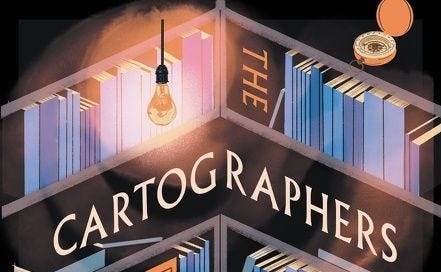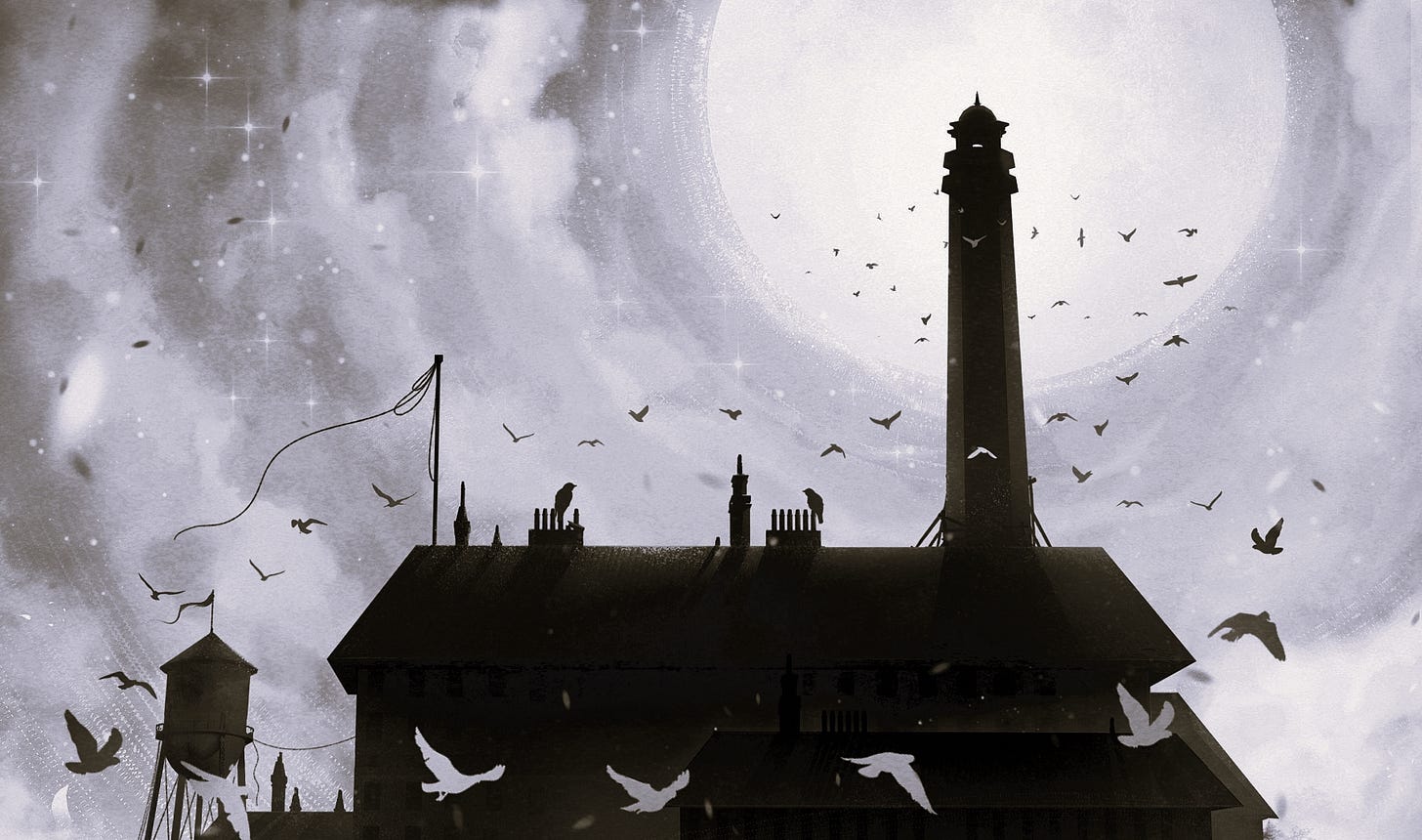In case you just got here: thanks for joining! I’m Fleur Bradley, author of over a dozen books, and every Sunday I’m sharing how I brainstorm and plot a novel, from idea to a finished (and edited) draft. My goal is start writing a new manuscript in 2024.
Here’s what we’ve covered so far:
Plotting with Sequences
When I was looking for a simple plotting method, I eventually found a solution, and it was by stealing the method scriptwriters use to outline their stories. It suits my visual storytelling style and keeps things simple.
I had my structure.
I played around with it a little, adapted it for my novelist use. I took a few ideas from other books, stealing from artists as we artists do.
I came up with this 8-sequence method that has served me well—and continues to be my go-to format.
It’s simple, and helps me work out the kinks before I write a whole manuscript by the seat of my pants. Using this method, I also don’t end up lost when it’s time to edit. Who has time for that?
Exactly.

What’s with the 8 Sequences?
Four score and seven years ago, or maybe just a hundred years, movies were made on film that was rolled onto a reel. One reel could only hold ten, eleven minutes or so of footage before they needed to be changed out, so script writers had to put breaks in the story at these intervals. One sequence, ten minutes. In movies, you end up with roughly 8-10 sequences.
It’s a story format we’ve gotten used to. Plus, for those of us who get a little overwhelmed when looking at 300-page manuscript (that would be me), this sequence format helps to break the story up in neat chunks.
One big manuscript is scary to write or edit. One sequence? More doable.
Note how I talk about using this method to edit as well. Sometimes, a story gets away from you. A character does something unexpected and you ran with it (good stuff often happens down these unexpected detours). Or you decided you’d figure out the story along the way, and now you have no idea what’s even happening anymore.
Do not despair. This method can salvage your messy first draft or set up that shiny new idea that’s been bouncing around your brain.
Are you ready? Of course you are.
This week, we’re plotting the first two sequences.
Sequence 1: Introducing…
Sequence 1 is where we introduce character, conflict, setting, genre… Basically, we’re following through on that spiffy book jacket description you wrote in part 2 of our plotting journey. This sequence has a beginning, middle and end (with something of a cliffhanger, for fun).
By the end of Sequence 1, your character is being lured by the quest, but has decided it’s not worth it (yet).
This part of your novel sets the tone, introduces character, conflict, setting, theme—it has to do a TON of heavy lifting. Make sure you have actual things happening. We need conflict!
The biggest mistake writers make is that they start the story too soon (no conflict) or they rush toward the quest without setting up why we should care about the characters.
Sequence 2: I Don’t Wanna Go
Meanwhile, your character is tempted. The call to adventure is there and as readers we’d really like them to go. Sequence 2 is all about cementing that reason.
After denying the call to adventure in sequence 1, as author you now have to build the case for going. With a beginning (perhaps, your protagonist contemplating this adventure), middle where pressure builds, to the end, where the kids go into the Narnia closet, etc.
Note: sometimes these two sequences are combined, to get a character off on the adventure quicker.
For you children’s book writers in particular, that may be the better plotting approach. We want to go on the adventure already… Just make really sure you’ve established your character motivation and arc.
In novels, you’ll sometimes see the author split their book in parts. For instance, in The Cartographers by Peng Shepherd, the parts are clearly defined into Act I, Act II, Act II part 2, and Act III—four parts. Michael Koryta’s books are often split this way, too, and you can probably find your own examples. It clearly defines where the story is headed for the writer, and eventually the reader.
More examples:
In Disney’s Up, we meet Carl, the grumpy old man. We get his backstory in that brilliant short summary of his life with his wife, so we get who he is and why. There’s the conflict of losing his house. Then there’s the call to adventure.
We understand why he goes and creates that famous balloon house, right? But he first closes the door on that adventure, before deciding the only way out is up (see what I did there?).
In Midnight at the Barclay Hotel, the invitation to go to the Barclay Hotel for the weekend lures JJ to a weekend of ghost hunting. But he’s also going with his mom, and he has a secret he needs to keep from her…. Conflict, built into the plot with character arc. By the end of the first sequence or part, everyone is at the Barclay Hotel. Because this is a book for kids, I combine sequence 1 and 2.
In Daybreak on Raven Island, the three kids are stranded on Raven Island for the night. Sometimes, the location literally forces your protagonist to go on whatever quest you want them to go on.
Your turn:
For your novel project, outline a sequence where we meet your character in their current environment. As readers, we’re introduced to their character conflict (the reason they would rather not go on the quest). We are introduced to the supporting cast, and you create the conflict that will make your protagonist go to the Barclay Hotel or make the house a balloon one.
Create sequence 1 and 2, or combine as one larger sequence.
Make sure this section of your novel has a beginning that sets the tone, a middle that builds toward your cliffhanger, and end that propels your protagonist off into the new world.
For my WWII novel, I need to get my character Maartje to hide a Jewish girl who is scheduled for transport to Auschwitz. I have to make sure I introduce kid readers to the characters and 1943 Amsterdam under Nazi occupation. Lots of heavy lifting to do…
How about you? Do you have any examples of clearly cemented end of sequence one and two moments, in books or movies…?








Your steps seem so easy. Will try them out. Reading DAYBREAK ON RAVEN ISLAND now and I see how you progressed. Would love to have you join other children's mystery writers at Malice Domestic 36 in April 25-28, 2024! Thanks for sharing your craft. Beth Schmelzer
Schmelzb1@gmail.com